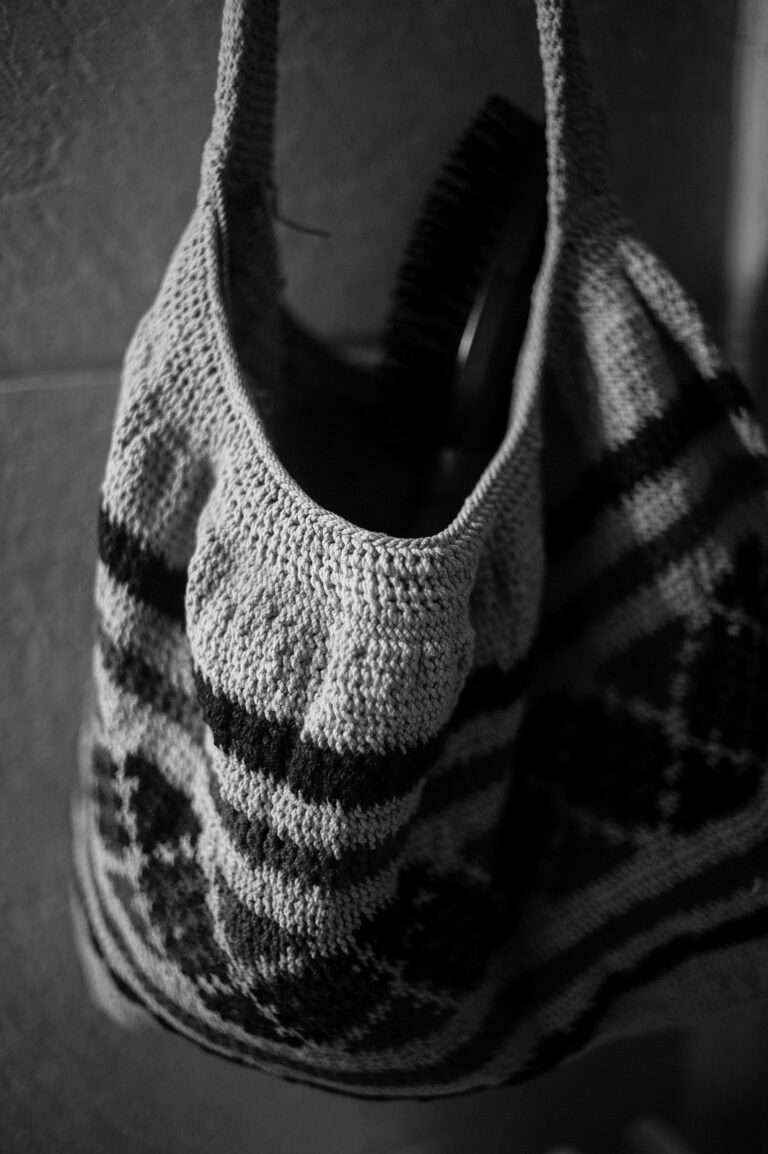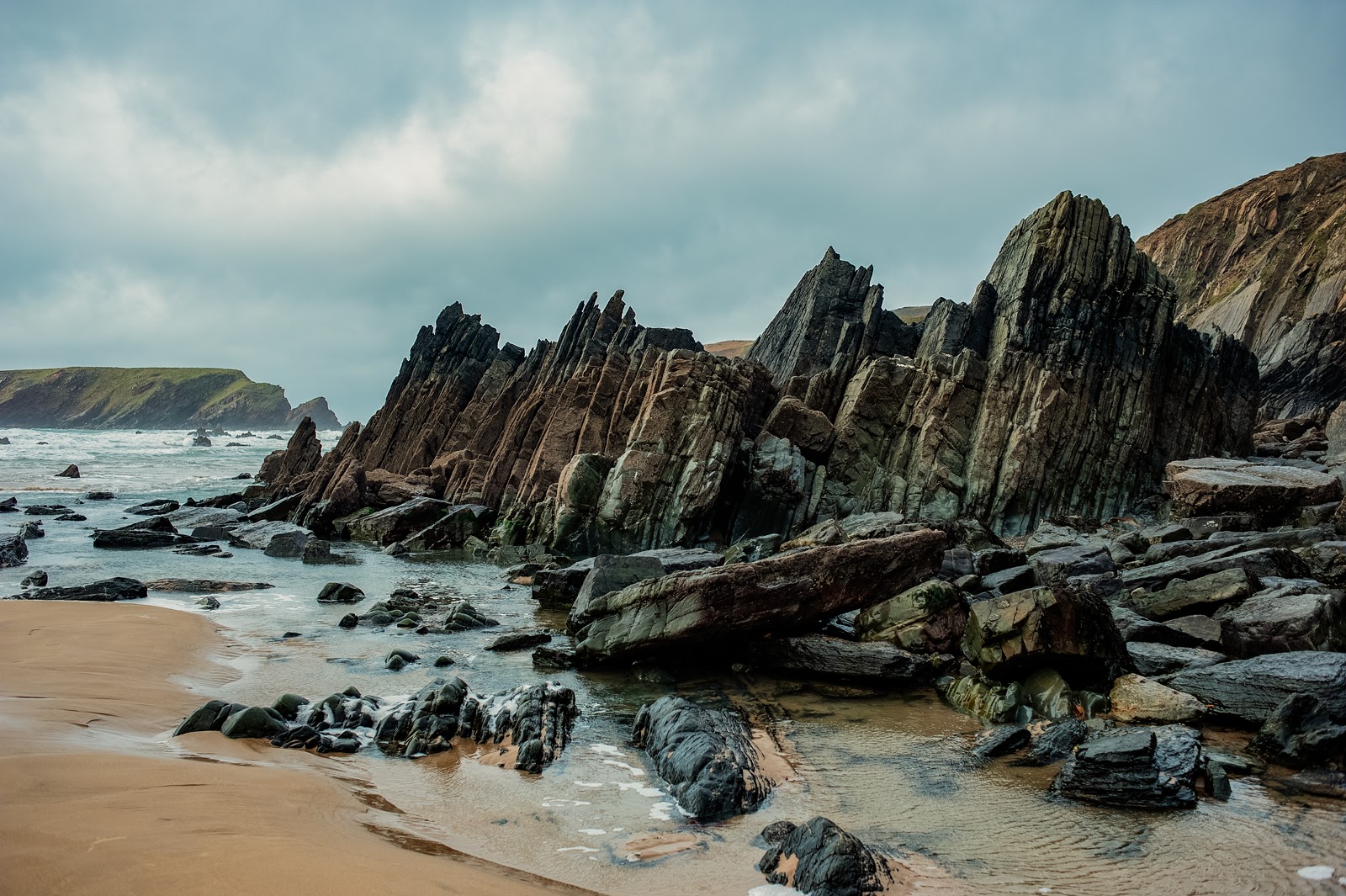
The Rise of Photography NFTs: A Revolution in the Art World
Introduction
The art world has been undergoing a major transformation with the advent of Non-Fungible Tokens (NFTs), a unique type of digital asset that has taken the world by storm. NFTs have provided artists, collectors, and enthusiasts with new opportunities to explore and monetize their creative works. Among the myriad forms of art that have found their way into the NFT ecosystem, photography has emerged as a particularly exciting and groundbreaking medium. In this blog post, we will delve into the reasons why making photography NFTs is reshaping the photography industry and changing the way we perceive and consume art.
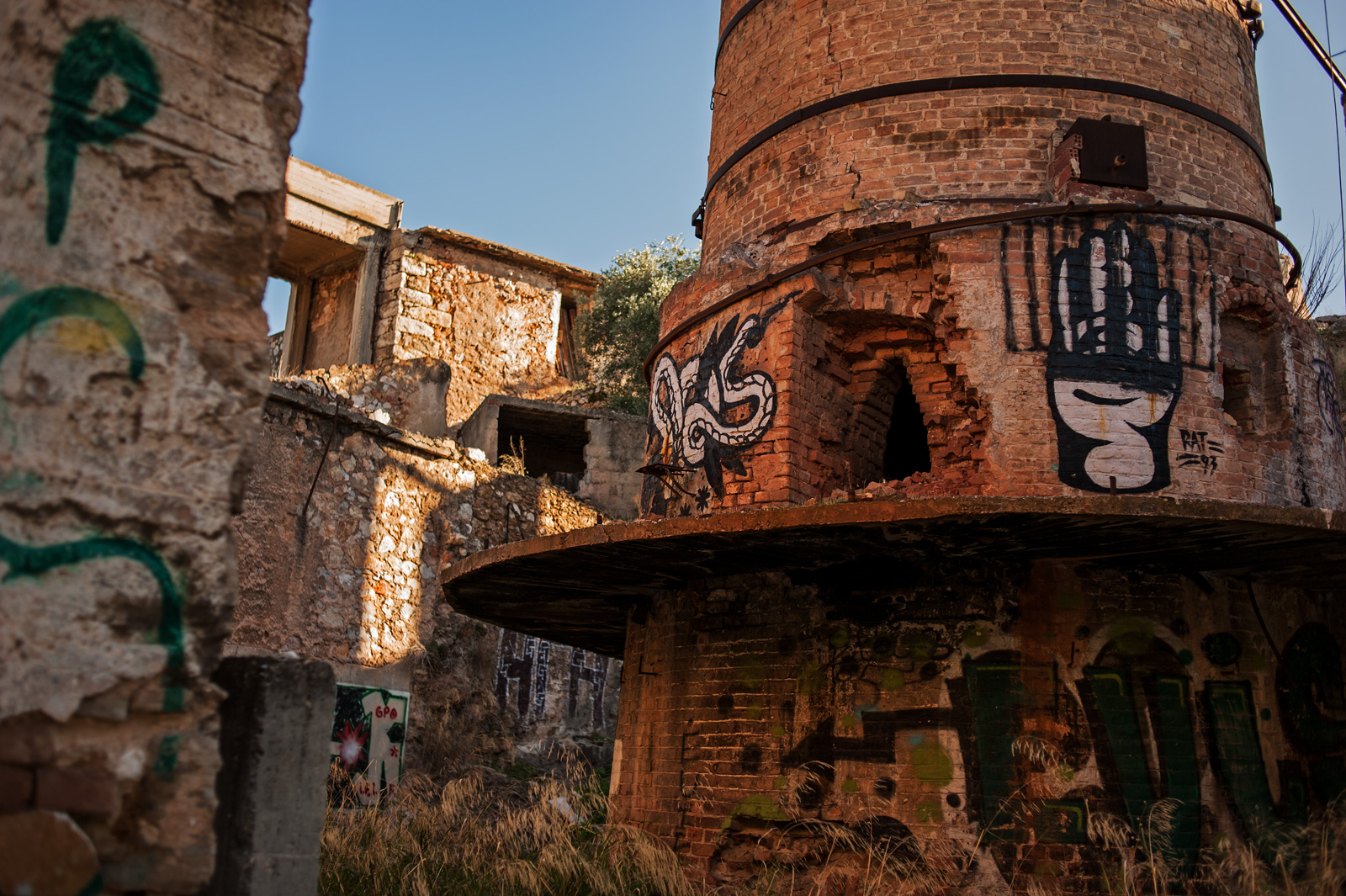
Authenticity and Provenance
One of the most significant benefits of NFTs for photographers is the ability to establish and guarantee the authenticity and provenance of their work. NFTs are built on blockchain technology, which ensures that each digital asset is unique and cannot be duplicated or tampered with. When a photographer creates an NFT for their work, they are essentially creating a digital certificate of authenticity that is permanently recorded on the blockchain. This eliminates the risk of forgery and establishes a clear chain of ownership, providing confidence to collectors and investors.
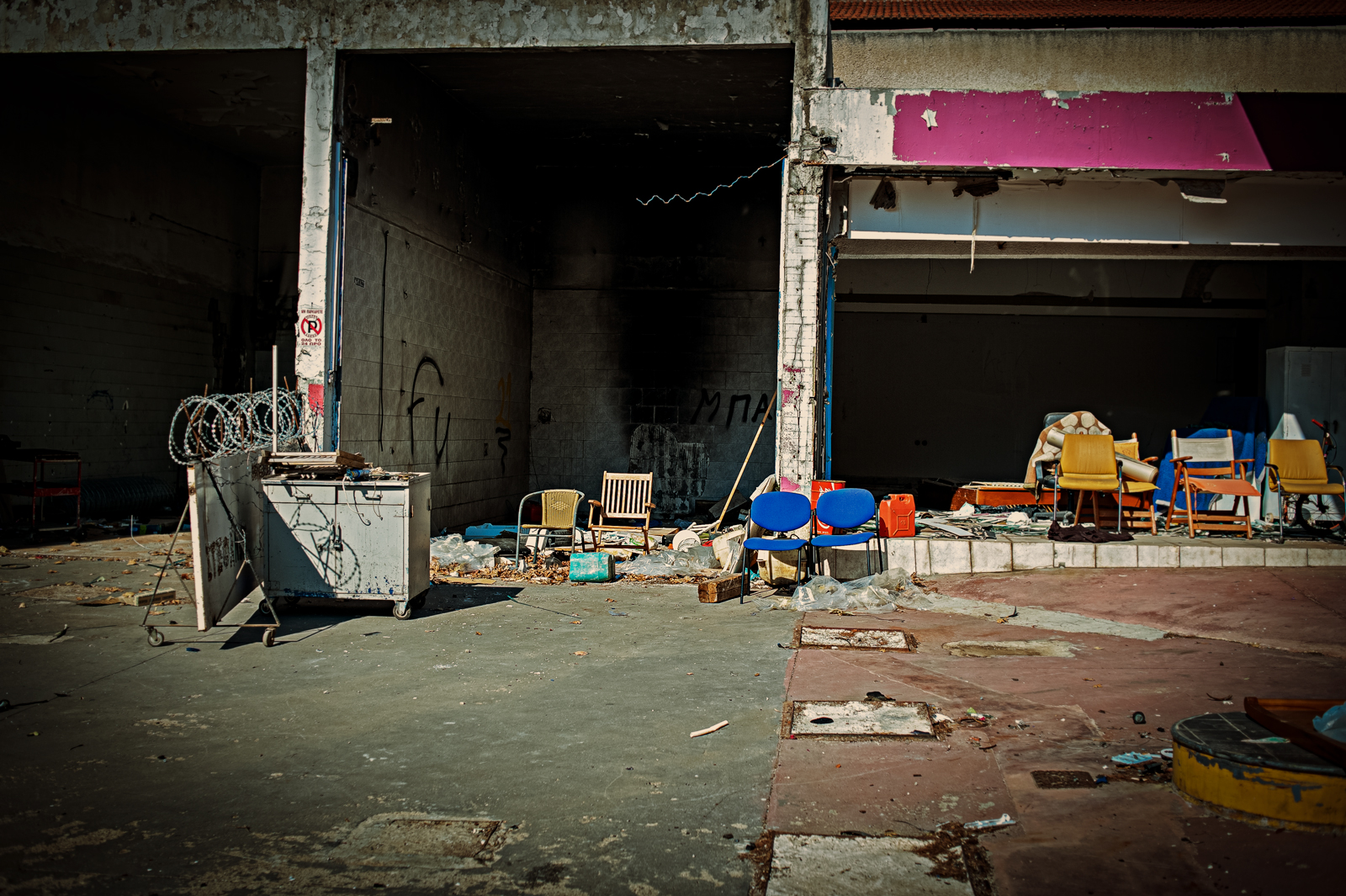
Democratization of Art
Traditionally, the art world has been dominated by galleries, auction houses, and wealthy collectors, making it difficult for emerging photographers to gain exposure and recognition. NFTs have opened up new avenues for photographers to connect directly with their audience and sell their work without intermediaries. This democratization of the art market allows photographers of all backgrounds and skill levels to showcase their art to a global audience and receive fair compensation for their creations.
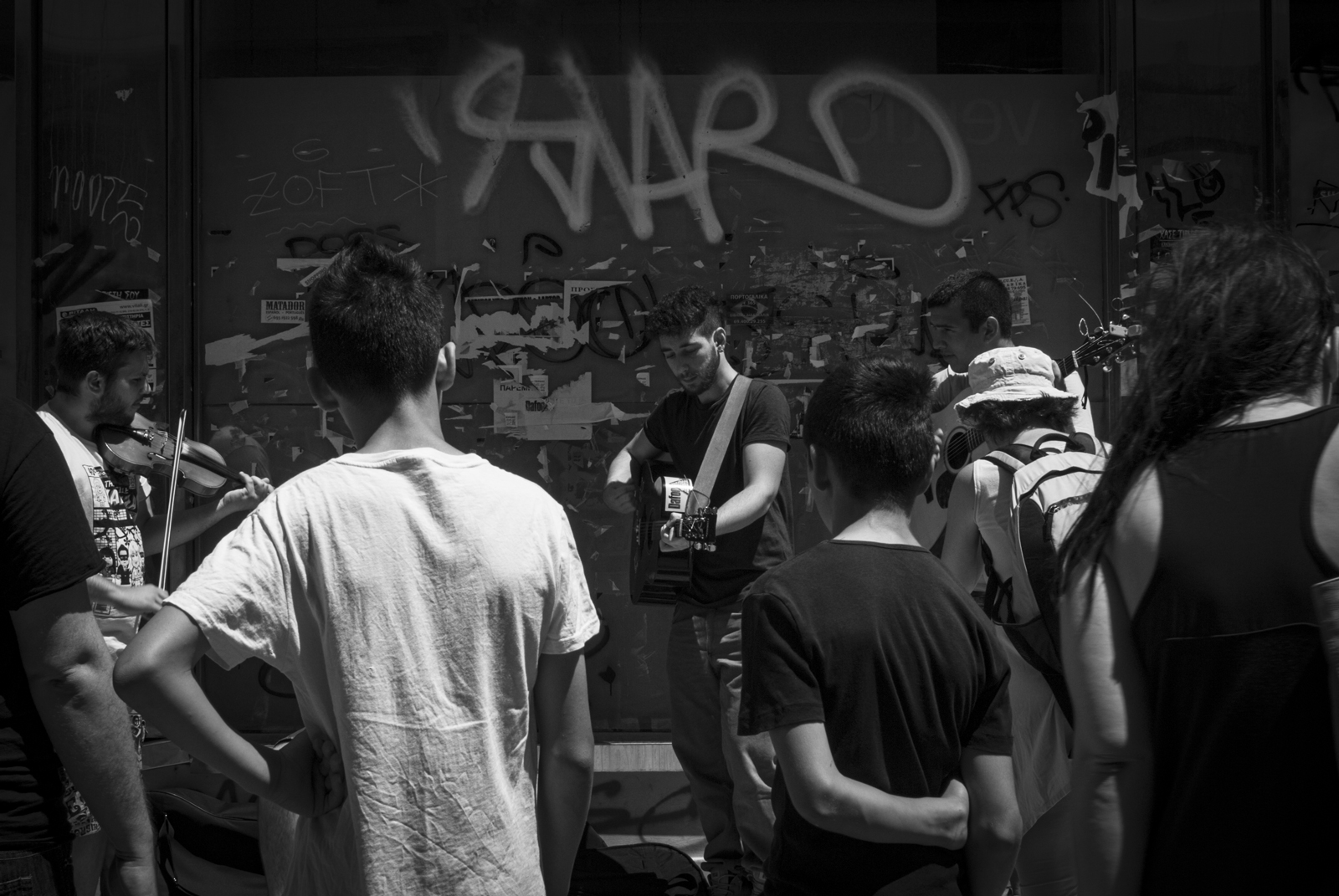
Direct Engagement with Fans
Photographers who create NFTs can directly engage with their fans and supporters, fostering a sense of community and loyalty. NFT platforms often include social features that enable artists to interact with their audience through comments, messages, and exclusive updates. This direct relationship between creators and collectors enhances the overall experience and emotional connection between artists and their fans.
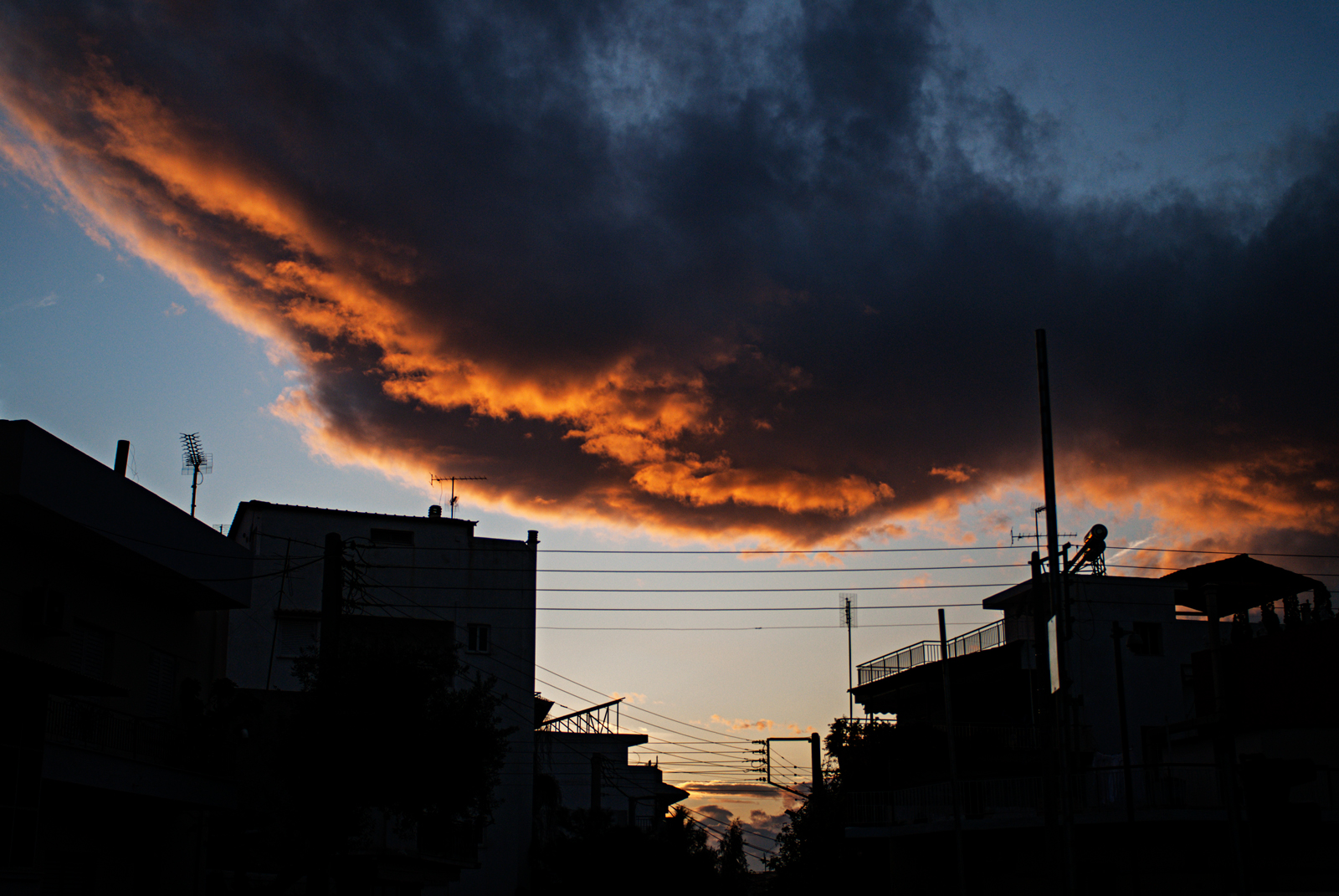
Royalties and Passive Income
One of the most revolutionary aspects of NFTs is the ability for artists to receive royalties every time their work is resold in the secondary market. With traditional art sales, artists rarely benefit from the increasing value of their work in the secondary market. However, NFTs automatically include smart contracts that enable artists to earn a percentage of each subsequent sale, providing a sustainable source of passive income over time.
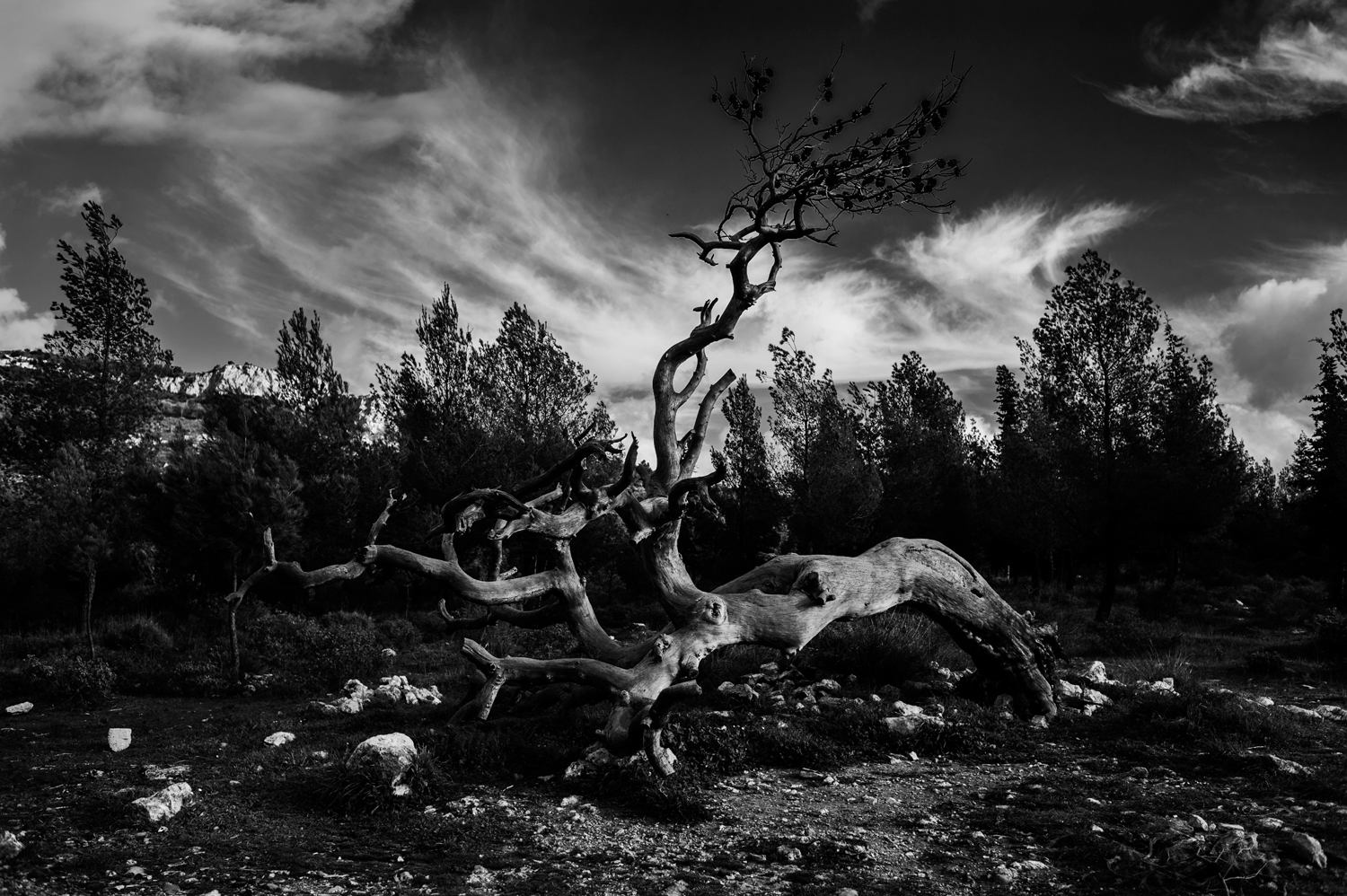
Preservation and Accessibility
Physical prints of photographs are vulnerable to deterioration, theft, or loss. By converting photography into NFTs, artists can ensure the preservation of their work in a secure and permanent digital format. Moreover, NFTs also increase accessibility, as they can be easily viewed, shared, and experienced by anyone with an internet connection, transcending geographic barriers.
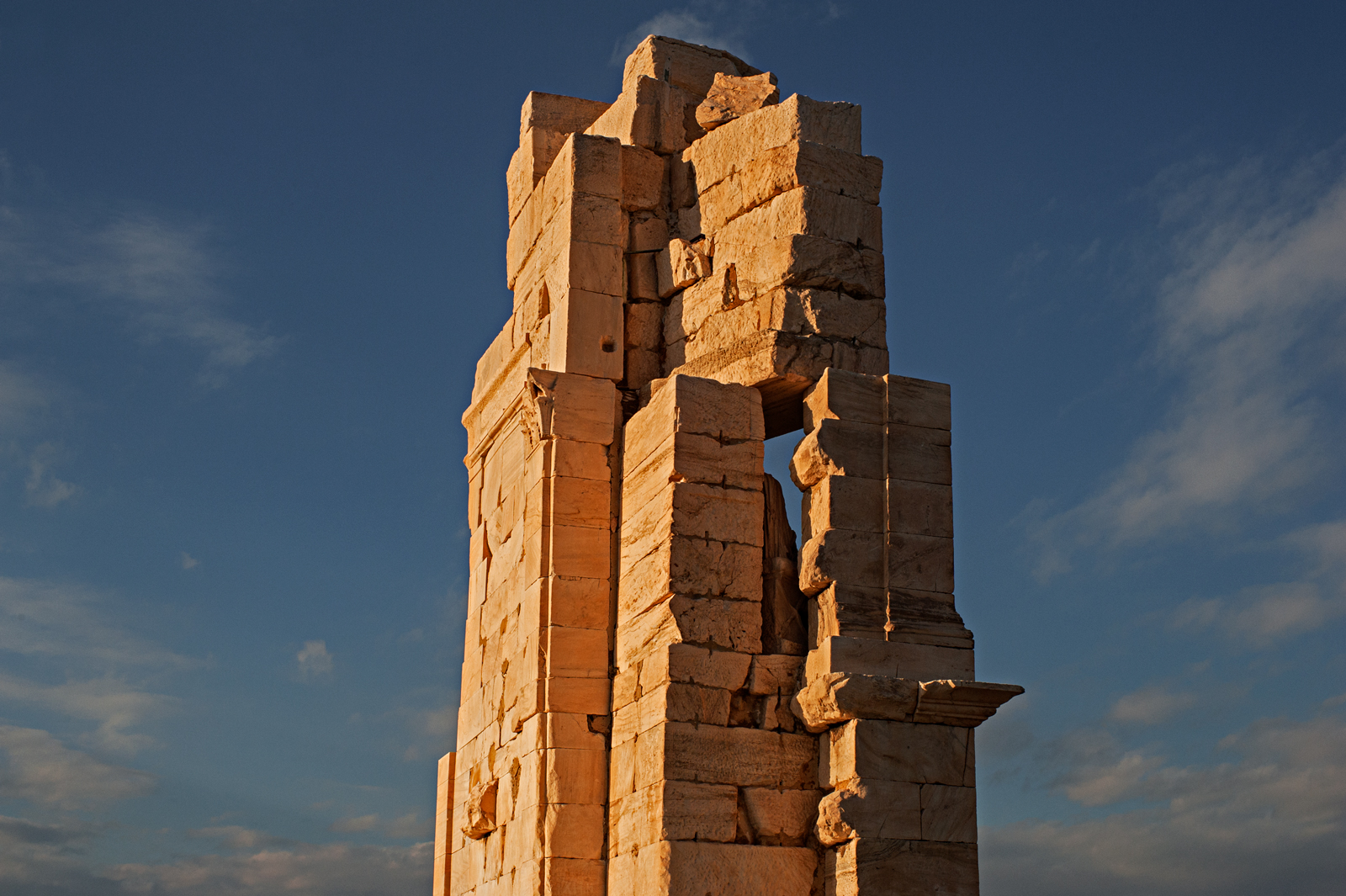
Experimentation and Augmented Reality (AR)
Photography NFTs have opened up new possibilities for experimentation and blending the digital and physical worlds. Some photographers have explored the integration of augmented reality (AR) elements with their NFTs, creating interactive and immersive experiences for their audience. This fusion of art and technology pushes the boundaries of traditional photography and allows for unique storytelling opportunities.
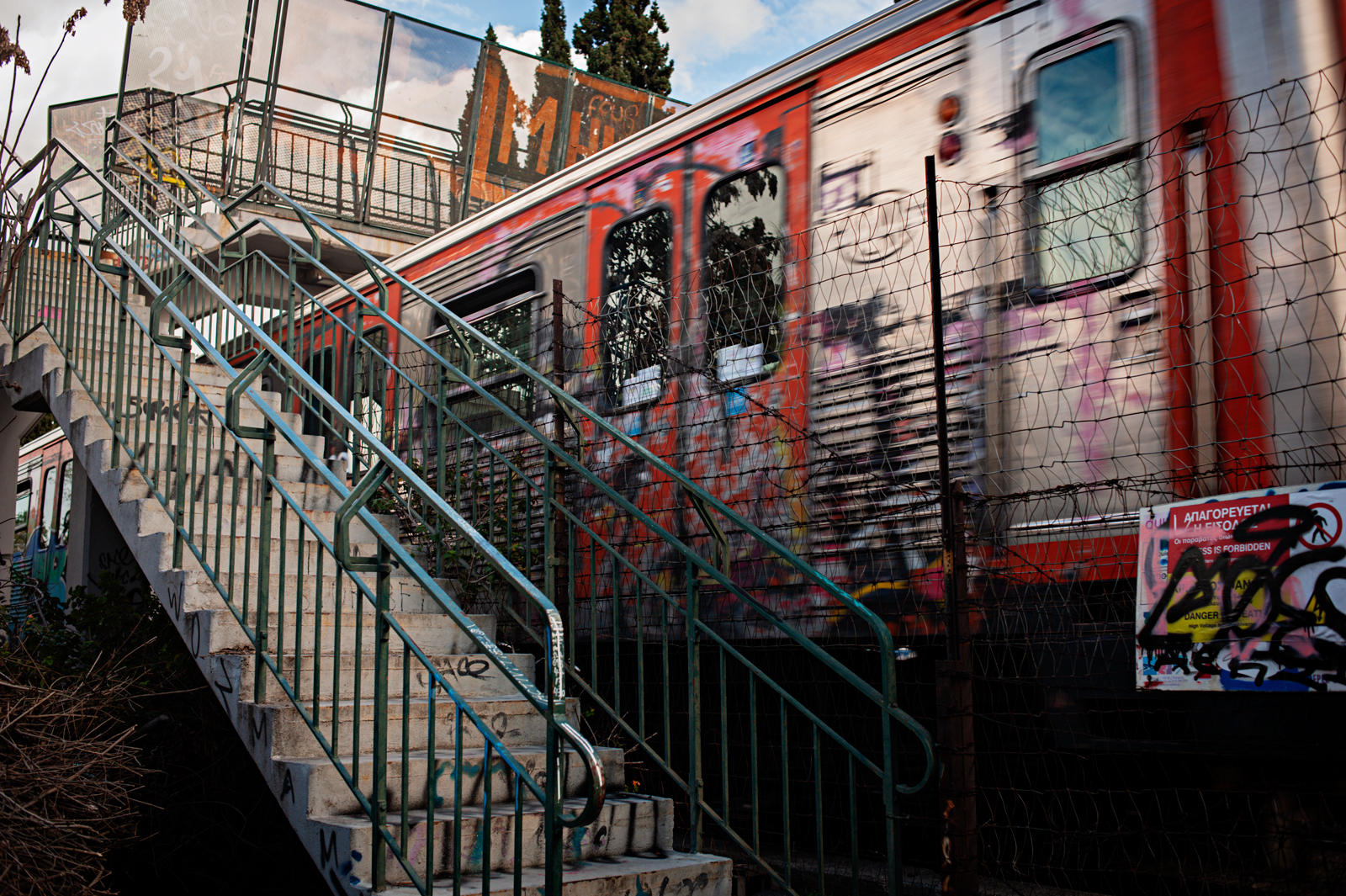
Conclusion
The rise of photography NFTs marks a pivotal moment in the art world, revolutionizing the way photographers create, sell, and share their work. By embracing NFT technology, photographers can establish authenticity, engage directly with fans, and earn royalties, all while democratizing the art market and preserving their art for future generations. As this transformative movement continues to evolve, photography NFTs are set to reshape the creative landscape, making art more accessible, inclusive, and exciting than ever before.
Written with the aid of CHAT GPT
